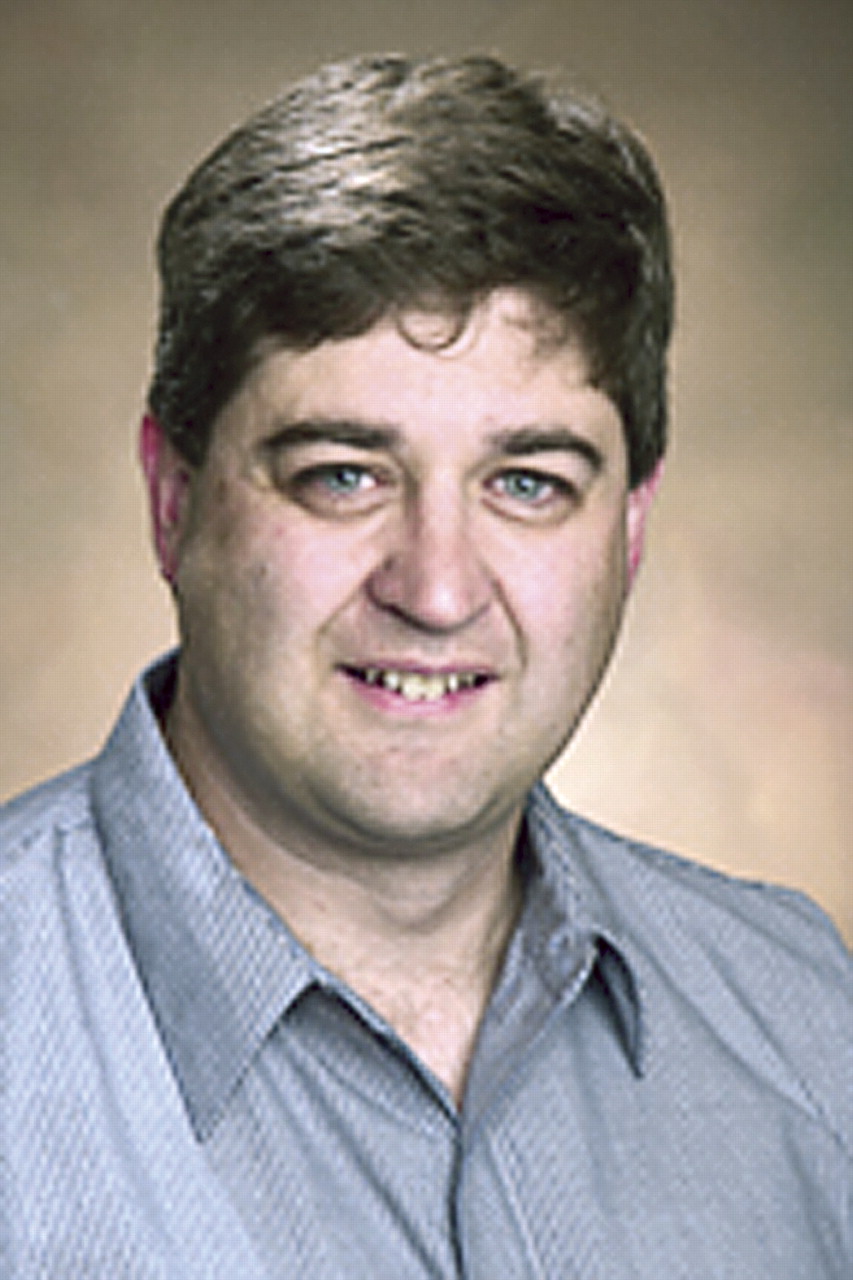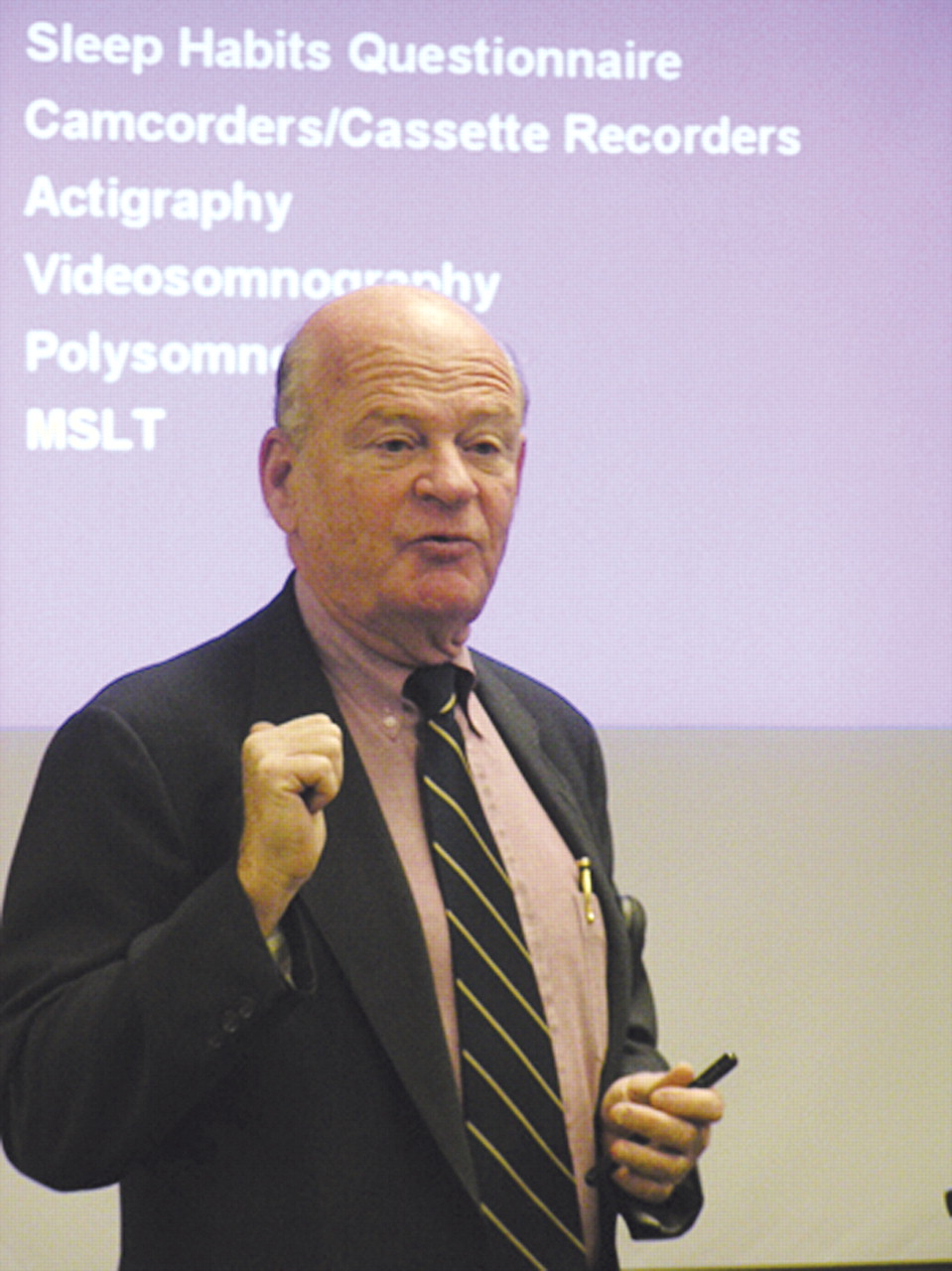At the University of Colorado Health Sciences Center (UCHSC), a psychiatry resident interested in treating children and adolescents won't have to wait three years to do so.
That's because the residency there is initiating an“ integrated” training program, combining child and general psychiatry training in one five-year program.
The program is designed to expose interested residents early—and throughout their training—to children and to childhood psychopathology and to inculcate a “lifespan” approach to understanding mental health and psychopathology.
Residency program associate director Randy Ross, M.D., told Psychiatric News that the new integrated program will begin in July and is part of a nationwide effort to address the severe shortage of child psychiatrists.
“We have bought into the philosophy that part of the problem with attracting people who are interested in being a psychiatrist and in treating children is that in a traditional training program they have to forego seeing kids for three years while they complete their general psychiatry training before going into the child program,” Ross said.
Leaders in child psychiatry and education agree that a steep impediment to recruiting quality students into child programs is built into the structure of traditional residency training. By the time residents finish general training, many who might have made excellent child psychiatrists are eager to begin practice, have grown weary of training and the associated debts, or have simply changed their minds and their career direction.
“From the perspective of adult psychiatry as well as of child psychiatry, there is a real need for more child psychiatrists,” said David Goldberg, M.D., former president of the American Association of Directors of Psychiatric Residency Training. “The big problem is that there are a lot of incoming residents who say they want child training but change their mind for one reason or another.
“I have experienced that many times,” he continued.“ Maybe 30 percent of applicants say they are interested in child training, but by the time they finish adult training, they change their mind.”
Ross noted that the drop-off is especially pronounced for women residents who are likely to be planning families by the time they have completed general training and for that reason may be particularly averse to starting another rigorous, expensive residency.
So the logic behind an integrated program is this: medical students with an interest in children will be more attracted to training that exposes them to children's mental health issues and psychopathology early, than to a program that requires them to defer such exposure until adult training is completed
“We believe it is critical to let people choose child psychiatry training as an option coming right of medical school,” Ross said.“ That doesn't mean that we don't think that the general psychiatry training is important to being a child psychiatrist—it's critical—and we know there is a reason why child psychiatry is a subspecialty of adult psychiatry. But we want people to be able to identify as a child psychiatrist early in their training.”
Funding Can Be Obstacle
The concept is not without obstacles, however. Most prominent is the fact that adult residency programs are typically paid for by the service obligations of trainees; if a resident cannot cover the adult inpatient service because he or she is covering the child service, the program has lost funding for one of its trainees.
“Psychiatry training has become very service dominated,” Ross said. “The people who are paying the bills want more and more accountability. So it's something we talk about—-how to balance educational needs against one another. It's a constant negotiation.”
Goldberg said he believes that integrated training, though it offers a number of advantages, is likely to remain the exception. “I don't think this is going to become the norm throughout the country,” he said.“ I think this is only suitable for large programs that really have the flexibility to bring another track into the residency and have enough slots in the adult program that they can forfeit one.”
Another challenge for directors of integrated programs is the maintenance of class cohesion, he said. “Administratively, it's a lot more difficult,” Goldberg said. “It involves a lot of collaboration between the adult and child programs. That's a good thing, but it's time consuming and will add more work to an already very full plate for training directors.”
Thomas Anders, M.D., president of the American Academy of Child and Adolescent Psychiatry (AACAP), acknowledged those obstacles, but reported that recently the Residency Review Committee for Psychiatry made the adult training requirements more flexible so that integrated child training could begin in the first year.
“Now we have regulatory concurrence that integrated training is feasible,” Anders said. “We are left with how to implement this.”
Teaches More Holistic Approach
In the new program at UCHSC, Ross said, a resident in the first year learns both adult and child neurology; in the second year of training residents see both child and adult inpatients; and in the third and fourth years they are taught outpatient skills for treating children and adults. The fifth year of training includes advanced clinical electives focused on working with other health care providers such as pediatricians and psychologists.
Ross said that the integration of child and general psychiatry early in training allows for teaching a more holistic approach to psychiatry that views mental health and illness across a person's lifespan—a philosophy that already predominates at UCHSC.
Research Training Included
Ross said his program already has evidence that integrated training can work. In 2004 the department began a six-year program incorporating child and general training along with training in clinical research.
Integration of clinical research skills into child psychiatry training has been championed by James Leckman, M.D., director of research at the Child Study Center at Yale University School of Medicine, and by agencies such as the National Institute of Mental Health and the Institute of Medicine.
“Everything is working,” Ross said of the program.“ People who want to do child training and learn clinical research are getting an identity as child psychiatrists early.”
Integrated training programs like the one at UCHSC are one component of a multidimensional strategy adopted by AACAP to address the shortage of child psychiatrists.
The strategy, outlined in a 2002 “Call to Action” issued by then AACAP President Marilyn Benoit, M.D., entails development of flexible training programs that offer “multiple portals” for entry into the field. It also involves creation of an attractive image of child psychiatry and efforts to increase child psychiatrists' reimbursement rates and funding for residents and training programs.
Anders told Psychiatric News that the concept of integrated training grew out of the experience with “triple-board” residency programs, which beginning in the 1980s sought to provide residents training in pediatrics, child psychiatry, and general psychiatry.
“The triple board was an attempt to attract to child psychiatry those who might have chosen pediatrics or adult psychiatry and to create a new kind of child and adolescent psychiatrist who was much more medically and biologically trained and could collaborate with colleagues in pediatrics,” he said.
Few institutions, however, have embraced the triple-board model; as of 2004, 10 such programs existed. But Anders said the triple-board program had taken its lead from an earlier model, developed in the 1970s at the University of Pittsburgh by Peter Henderson, M.D., that combined child and adult training“ from day one.”
Since that time, approximately 11 institutions have adopted something like the Pittsburgh model of integrated training. While they may vary in the specific way in which they configure training requirements, all share in common the principle of exposing residents early and continuously to children and childhood pathology.
Anders believes it is a model that has potential to grow in a way that the triple-board programs have not. “We would like to popularize integrated training to enhance the early and continued exposure of residents to children and childhood psychopathology,” he said.
So severe is the shortage of child and adolescent psychiatrists that some change in the structure of training itself appears necessary to open the gates of the field. Anders and Ross also agreed that a critical problem is the nearly complete lack of exposure to child psychiatrists or child psychiatry in medical school.
Begin Exposure in Medical School
“Most people who are interested in treating children go into pediatrics,” Ross said. “If we are going to recruit people into child psychiatry, it is critical that we expose medical students to the field, so that they know that child psychiatry exists, what it is, and that programs are available.
“The programs that are most successful in recruiting people into child psychiatry are putting huge efforts into programs aimed at exposing students to the field in medical school,” he said.
More information on child psychiatry training and AACAP's 2002“ Strategic Work Force Plan” is posted at<www.aacap.org/training/index.htm>.▪


